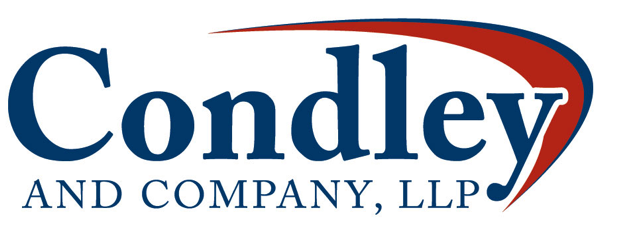
Robert Kaplan, the president of the Federal Reserve Bank of Dallas, recently sat down with John Heltman, a contributor to American Banker, to discuss a variety of topics, including the threats facing financial institutions, supporting nonprofits and the U.S. workforce.
Consolidation and automation. Kaplan explains that automation often comes as a result of lack of pricing power, not out of a desire to replace people. Investing in technology lowers costs, thereby increasing price margins. While those with a college education are generally able to adapt, Kaplan sees a big problem in the form of the millions of workers with a high school education or less—a problem that will need to be addressed.
The regulatory system. Banks, especially small and midsized ones, spend significantly more time working on compliance than they did in the past. Kaplan believes that an easing of regulatory regimes on banks that do not pose a systemic risk is warranted, but that big banks still require strong regulation and regular stress testing.
The Fed. Kaplan spoke of the need for a process of self-review and oversight, especially in the aftermath of the extraordinary actions the Fed took on in an effort to deal with the financial crisis. He recommends such self-evaluation in the areas of practices, management, diversity, governance, and frameworks. The Fed should respond to scrutiny by thinking about how to do things better.
The global energy market. Kaplan predicts that this market will reach equilibrium later this year or early next year but clarifies that even is a balance is reached, there is no assurance of its sustainability due to the dynamic nature of markets and the world in which they exist.
Inflation. Kaplan attributes the low levels of inflation over the last several years to technology-enabled disruption. He says that we will simply have to wait and see what the effects of the interactions between building cyclical forces and strong structural forces will be.
Philanthropic organizations. Heltman asked how Kaplan’s experience in investment banking informs his thoughts about supporting nonprofits. Kaplan explains that he takes the lessons he has learned as a businessperson—such as the need for adding value that’s distinctive in order to be successful—and applies them directly to nonprofits he works with. When choosing which nonprofits to back through his venture firm, Draper Richards Kaplan, he looks for those with a leader who is willing to learn and build a team, as well as a distinctive model, service, or product.
The U.S. workforce. Kaplan lists a number of challenges facing the U.S. workforce, including aging, inefficiencies, a skills gap, and insufficient training capabilities. He refers back to technology—how its rapid development is changing the relative importance of various jobs.
Unemployment. Kaplan recommends looking beyond just headline unemployment in order to make an evaluation. For example, he often refers to the number of discouraged workers or U-6, which is headline unemployment plus discouraged workers. He recommends increased job training in order to pull discouraged workers back into the workforce.
For more information, read the transcript of the interview in full at American Banker.
